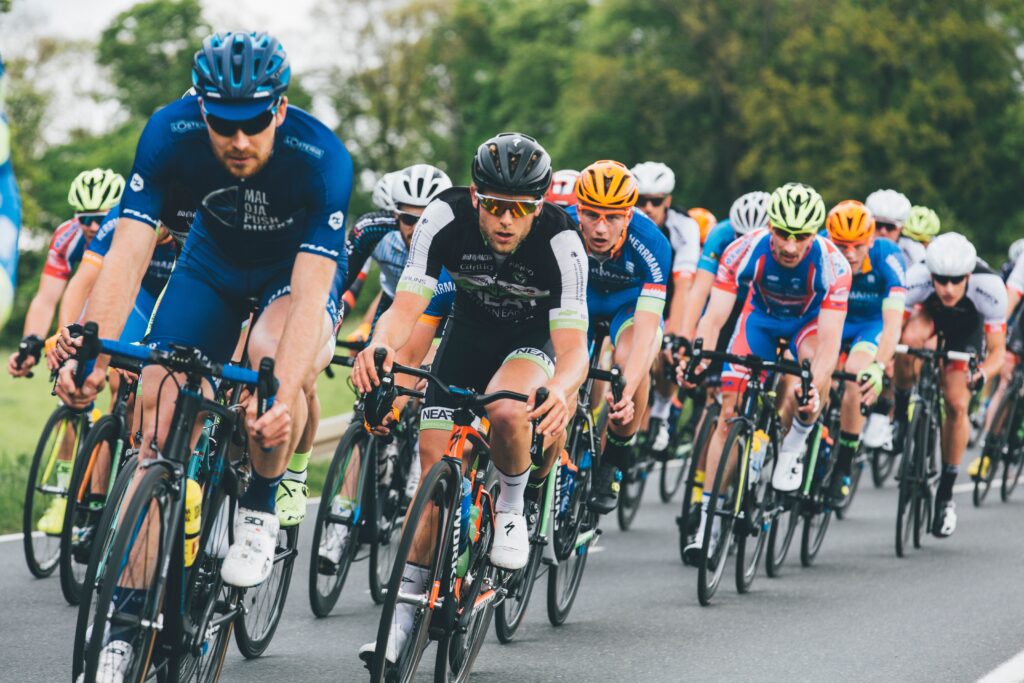How to get into bikepacking
It has been said that the best gravel bike is whatever bike you own now. And in the same vein, the best way to start bikepack...
A group ride is a great way to stay motivated while getting the opportunity to meet new people and create some friendly competition. Although a group ride is a lot of fun, there are a few tips and tricks to know before you hit the ground pedalling!

Whether you’re riding fast or going for a social pedal, understanding the road rules is the most important part of cycling safely. This study shows that cyclists have a better knowledge of road rules than drivers and are therefore less likely to cause conflict on the roads. By familiarising yourself with the local state laws, you will have a greater ability to protect yourself and educate others in your group. Riders in the group must look after each other during the ride.
Do some research on the route and recognise parts of the rides that may,
If you’re riding with a new group, establish one person that can support you throughout the ride – this is a buddy system. Some groups will inform riders that this is a ‘no-drop’ ride which means no one gets left behind. Others will not offer such pleasantries and if you get dropped, you’re on your own. This is great for people wanting to prepare for racing as they simulate the demands that racing presents. These rides are physically and mentally demanding and suited to people with a very high fitness level.
If you’re riding in ‘pace lines’ then this is a single line peloton that takes turns at the front (in the wind). The best way to ride smoothly in these groups is to take short turns or ‘pulls’ on the front while maintaining a steady speed. When you’re ready for the next person to come round you, check over your right shoulder to see if there is any traffic, then flick the right elbow out to indicate that it’s safe for the next person to come around you. It will be hard work on the front so don’t take any longer in the wind than you need to. When your turn on the front is done, you should ride slightly slower than the person coming around you so that they do not have to increase their speed and use too much energy moving to the front.

Be careful not to ‘half-wheel’ the person in front of you. This is when your front wheel overlaps the back wheel of the person in front of you. If any sudden movements in the paceline occur, your wheel would hit theirs and this will cause riders to go down. It is very important to maintain consistent speed in the group so gaps between riders are more predictable.
Follow general riding etiquette to make the ride more predictable. Use hand gestures and sound your intention or alert riders of any hazards. In group rides, there are no bad calls. If everyone can hear you, they will appreciate the initiative. If you’re at the front of the group then it’s your job to make the calls identifying hazards or issues you see in front such as, ‘car up’ or ‘hole’, ‘glass’ or ‘stick’. When you’re at the back of the group, it’s your job to let riders know what’s happening at the back such as, ‘car back’ or ‘hold your line’. You also have the responsibility of letting the group know if it is safe to change lanes. Take this quiz to test your knowledge.
Each group will have its own dynamic and structure, but being prepared will give you some confidence on your first ride. If you’re can’t maintain the pace of riders at the front, sit at the back of the group and let riders know that you’re just ‘sitting in’. It is better to sit within your limits and experienced riders will respect that.
It has been said that the best gravel bike is whatever bike you own now. And in the same vein, the best way to start bikepack...
In a custom fit-out studio in Brisbane’s West End, riders of all types are finding their sweet spot - on the saddle. This i...
When Bicycle Queensland’s CEO Alton Twine and Director of Advocacy, Andrew Demack, travelled to Cairns for the 2025 Queensl...
Corry Cycles are a prominent bike shop in Mackay, who have recently set up a second store at Finch Hatton, right at the new <...